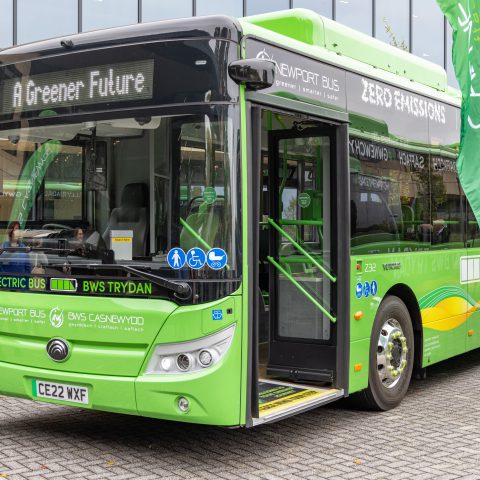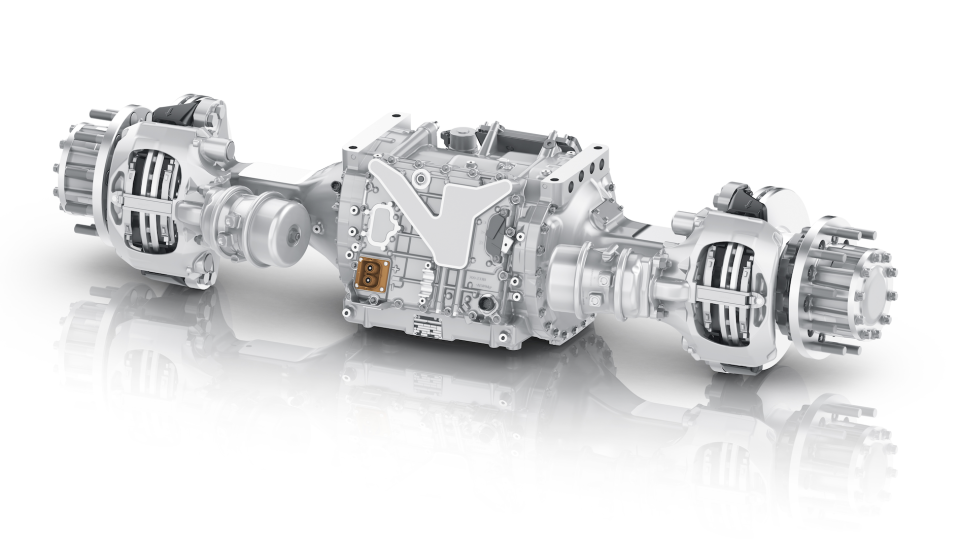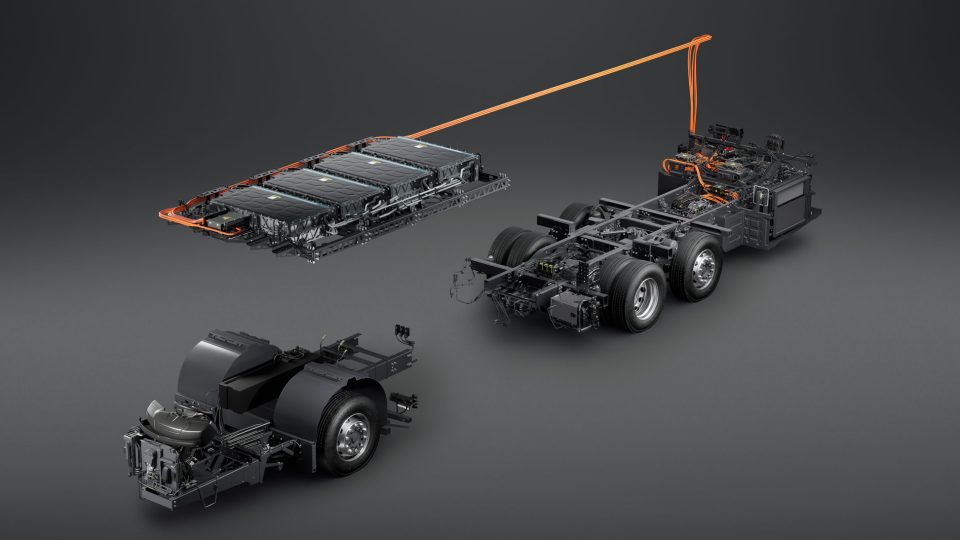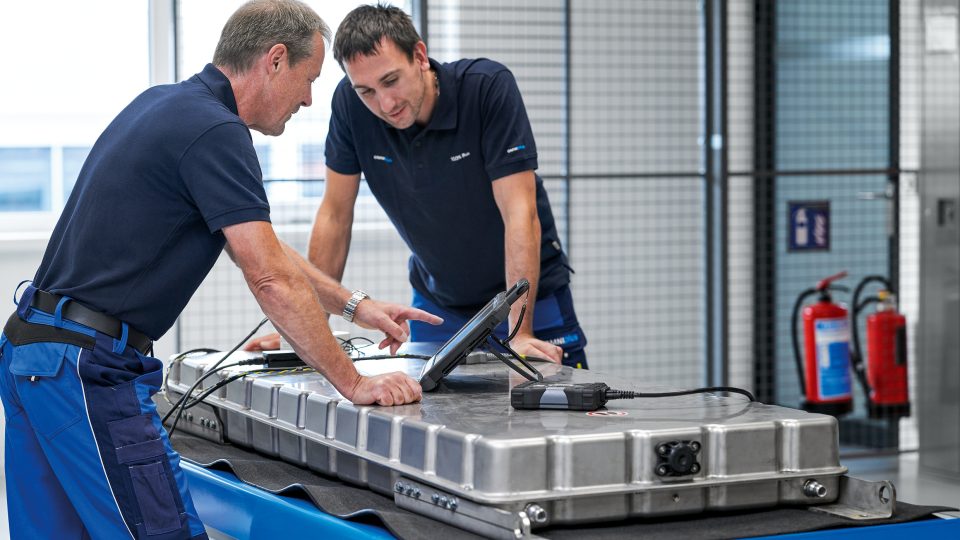Newport Transport retrofits Yutong e-buses with Journeo Camera Monitor System
Newport Transport has retrofitted 31 Yutong electric buses with Journeo digital mirrors, with a further 12 vehicles set to have the technology installed (named Journeo Camera Monitor System – CMS). The technology includes automatic adjustment between day- and night-time settings that needs no action on the part of the driver. Engineers also saw the benefits […]

Newport Transport has retrofitted 31 Yutong electric buses with Journeo digital mirrors, with a further 12 vehicles set to have the technology installed (named Journeo Camera Monitor System – CMS).
The technology includes automatic adjustment between day- and night-time settings that needs no action on the part of the driver. Engineers also saw the benefits of the design, which keeps all computing components inside the vehicle, making it easy to replace or repair if the digital wing camera becomes damaged, Journeo says.
The system can be retrofitted to many types of vehicle, as well as installed to new buses in factories.
Journeo Camera Monitor System for Newport Transport
The benefits of Journeo estimates “115% increase in the distance driven between accidents”, “reduction of accident costs by 60% and maintenance costs by almost 40%, with an ROI of just 18 months in some cases”.
Using high-definition cameras, Journeo CMS “eradicates blind spots and increases visibility in all road conditions, with many drivers commenting on how much it improves the view of their surroundings. Because the cameras are far smaller than wing mirrors, they are also much less likely to hit trees, street furniture and other objects”, the supplier strenghtens.
Scott Pearson, Managing Director of Newport Transport, commented: “When we trialled the Journeo CMS we were particularly impressed by the quality of the images it provides to drivers, giving them a much better view compared to mirrors. Increasing the safety of road users is a key part of our aim to make our services greener, smarter and safer, as we encourage the public to make the switch to green, fully electric public transport.”
Mark Johnson, Director of Fleet Systems at Journeo, commented: “The Journeo CMS is a proven on-vehicle technology that is capable of increasing safety for road users and the public, while decreasing transport costs. Newport Transport has recognised the benefits and taken the forward-thinking decision to replace wing mirrors with the system. We are seeing more and more regional bus operators follow their lead and choose to install this system to make their drivers’ lives easier and to protect their local communities.”







